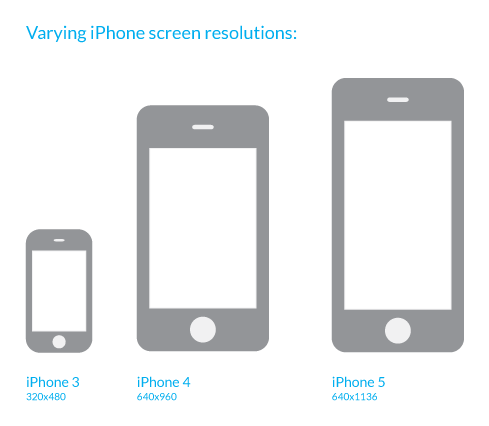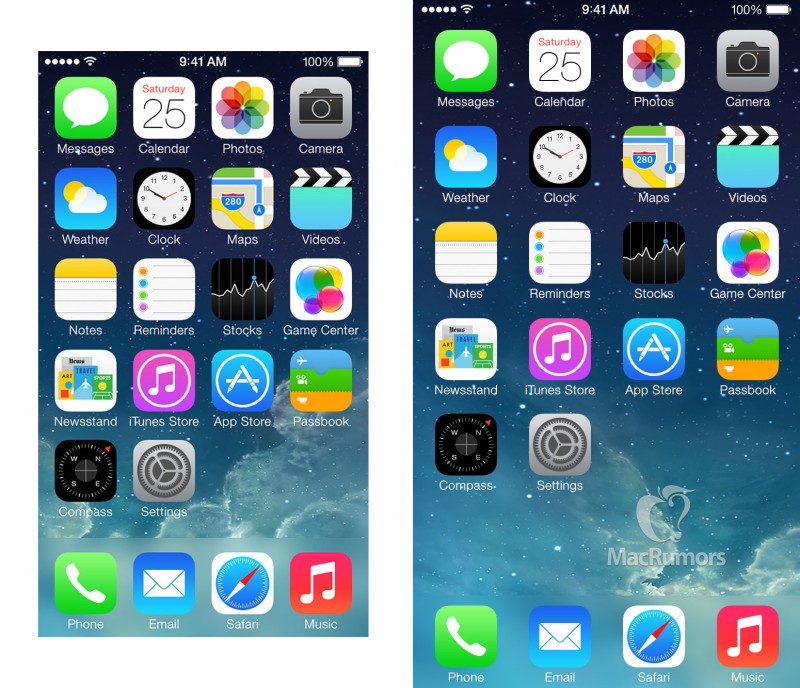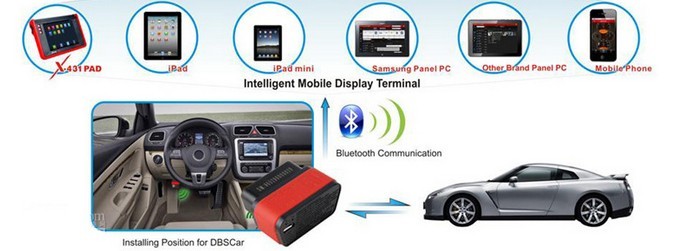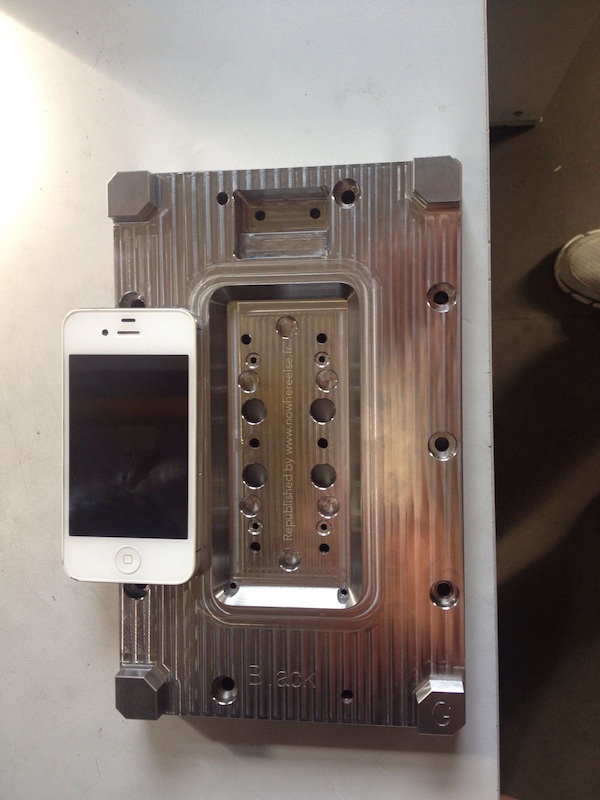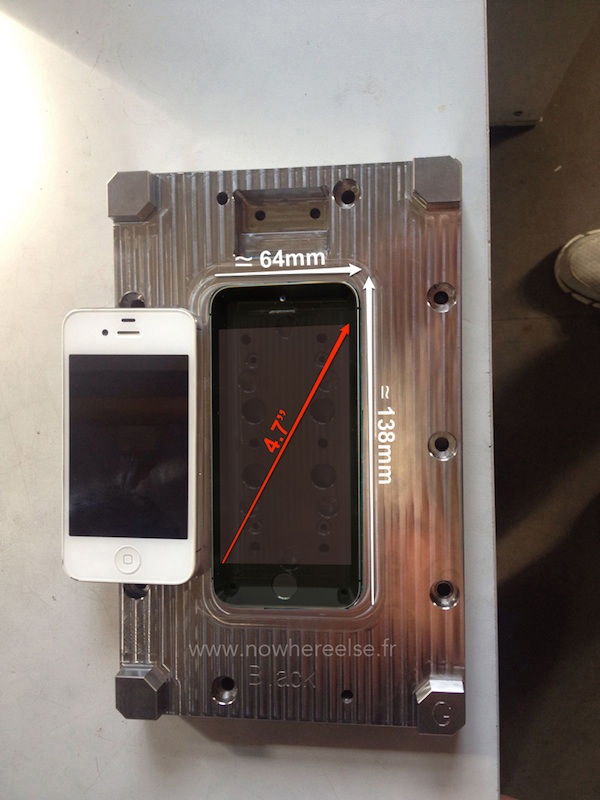The video features a mockup iPhone 6 handset with an edge-to-edge display and no discernible Touch ID home button. The presentation style and background audio takes its inspiration from Apple’s own highly polished product videos.
The video shows a revised iOS 8 notification center with multiple panes that allow you to swipe between a “Today” view, a calendar view and a messages view. Items are actionable, allowing you to tap an unread email and open the mail app in a slide-up shade, which can be swiped down when you are done reading.
Pulling from the most recent round of rumors, the concept envisions a Healthbook app that syncs with the iWatch, a supercharged Siri with Shazam and an even better version of Apple’s new CarPlay feature.


